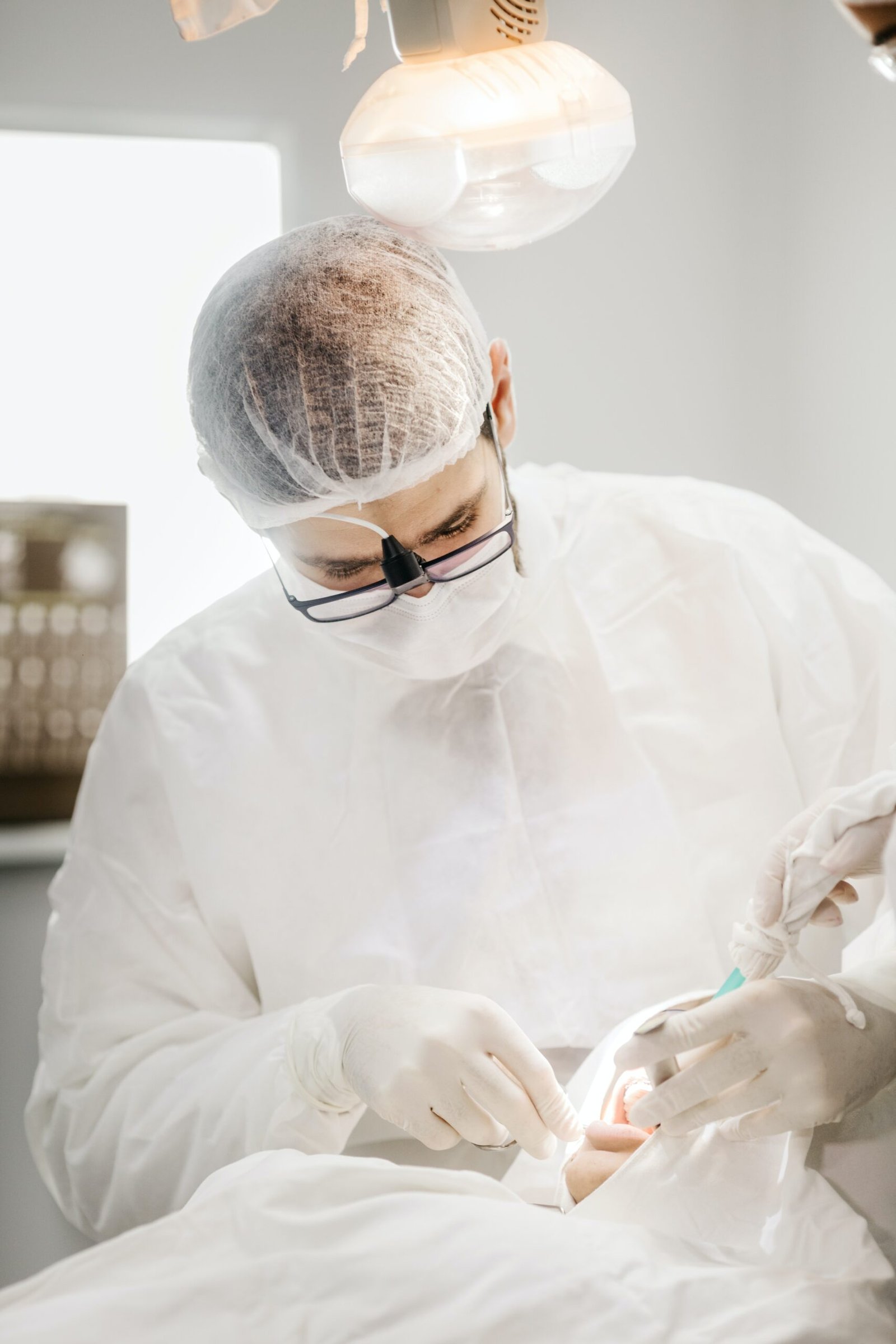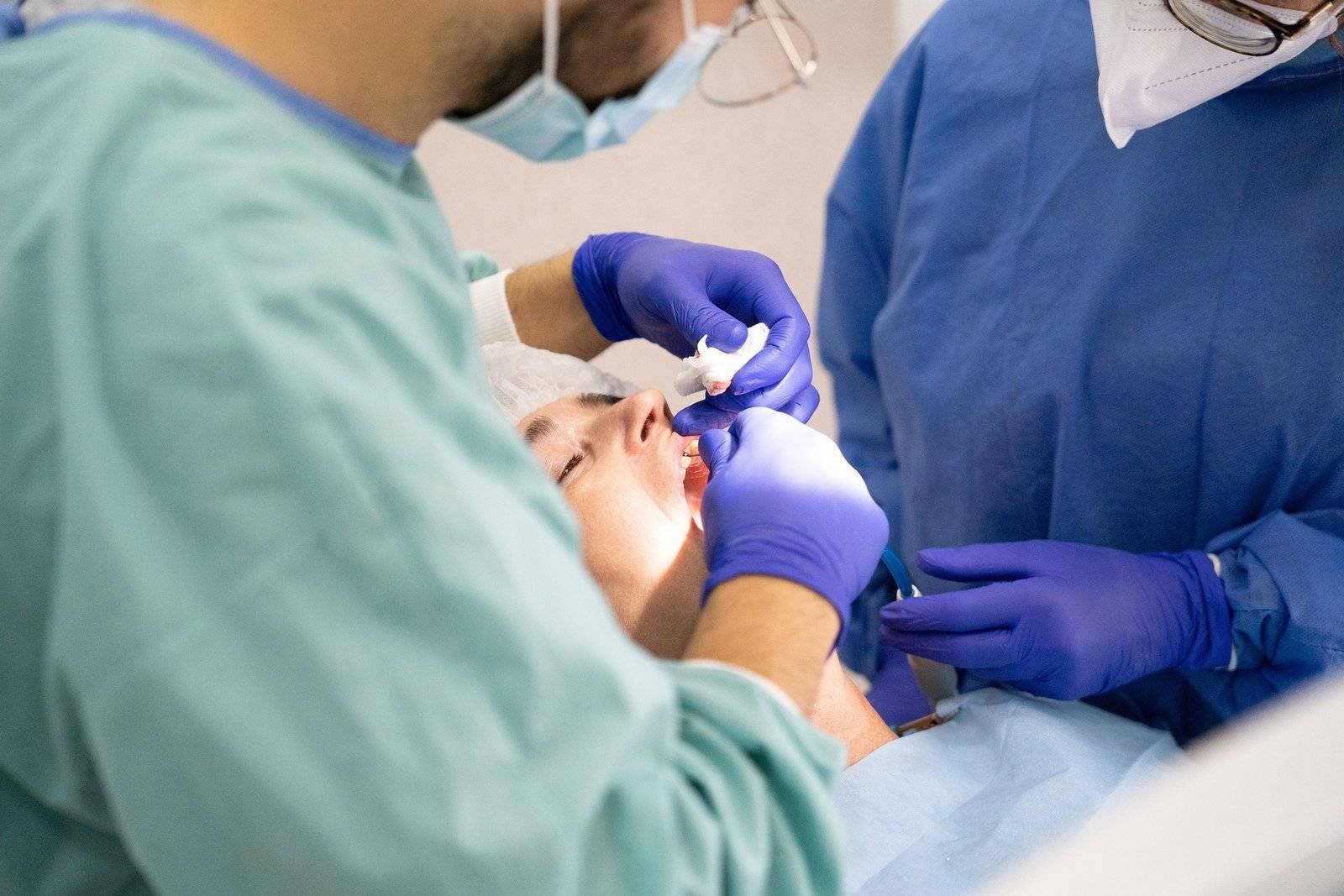
Dental AI is meeting a need that many people did not anticipate it is assisting in the growth of new associates’ and young dentists’ confidence and skill sets. Students studying dentistry spent fewer hours in clinics during the COVID pandemic. According to a National Institutes of Health study, dental students worry that they won’t have received adequate training to become dentists when they graduate due to their lack of clinical knowledge and patient-communication skills.
Another Cereus report discovered that dentistry students all across the world had doubts about their academic and clinical training throughout the epidemic and, as a result, doubts about their employment and financial prospects. By offering an unbiased evaluation of radiographic data and validating those findings, dental AI aids in the competence and confidence development of new colleagues.
How Does Dental AI Help New Associates?
Dentists must be able to explain their findings and suggest courses of action to patients after reading radiographs to detect diseases on a daily basis. Because they spent less time in the clinics during the epidemic, recent dental graduates were exposed to fewer patients and circumstances. According to a Cereus survey, students did not see online learning as a replacement for the one-on-one clinical experience they would need to be independent in a dental practice after graduation.
Dental AI gives them a safety net, which boosts their confidence. With the help of artificial intelligence (AI), Overjet’s radiograph analysis can identify and map out decay, measure bone loss to the nearest hundredth of a millimetre and identify other potential oral health issues. It serves as a decision-support tool by pointing out topics that the provider should investigate further. The dentist’s diagnosis is validated when the AI’s findings corroborate what they observed.
The dentist knows to check further if the AI points up observations that they missed. AI is not diagnostic; it is directing. Only the dentist is capable of making diagnoses; AI analysis and annotations simply make sure the provider has all the information necessary to make a wise choice.
Increasing Presentation Confidence for Treatment Plans Using AI
One method AI boosts the confidence of new associates is by assisting new dentists in correctly interpreting X-rays. The second technique is by giving dentists the self-assurance they need to explain treatment plans to patients. Dentists have requested that their patients view conventional black-and-white X-rays for many years. The issue is that most patients are unable to read X-rays and are unaware of what they are seeing. A game-changer is having quantitative, scientifically supported conclusions regarding X-rays. And that makes healthcare professionals feel more assured when they present patients with a thorough treatment plan. Patients may easily understand what the doctor sees by using X-rays with AI analysis and annotations, which clearly define and quantify oral health issues. It gives the photos an unbiased third-party examination and supports the doctor’s claims. When patients are shown the annotated X-rays, Overjet discovers that case acceptance often rises by roughly 20%. It’s yet another example of how dental AI is enhancing people’s lives. A better patient outcome results from patients who move through with their treatment after understanding why they need it. And it is the best technique to increase a dentist’s self-assurance in their abilities.
Dental AI: Develop New Associates
If you’re wondering how artificial intelligence (AI) might be utilized to create new dental associates, here are some potential uses:
Talent acquisition: AI-enabled solutions can assist in locating and luring outstanding candidates for the dental sector. For instance, based on a candidate’s experience, education, and talents, machine learning algorithms could evaluate resumes and job applications to find the most qualified applicants.
Onboarding and training: AI can be used to create and provide onboarding and training materials for new dental colleagues. This can take the form of interactive simulations, virtual reality encounters, or specially designed learning paths that take into account each student’s strengths and shortcomings.
Performance management: AI-powered solutions could help track and assess new dental associates’ performance, offering suggestions and advice to help them advance.
by identifying top talent, providing individualized training, and assisting with continuous performance management, AI has the potential to be a useful tool in the development of new dental associates.
Future
The potential for dental AI to create new associates is really positive. Every area of the dental industry, from patient care to personnel and training, has the potential to change as AI technology advances. The potential for dental AI to train new employees is intriguing and abounds. We may anticipate seeing increasingly sophisticated tools and procedures that will improve the dentistry sector as AI technology continues to grow.
Conclusion
A professional and knowledgeable staff is a need for dental practices in today’s fast-paced and cutthroat dental sector. A critical procedure that necessitates careful planning, strategic hiring, and efficient training is the development of new associates. Dental offices may streamline and improve this process with the aid of AI, making it more effective, efficient, and individualized. AI can assist in identifying top talent, accelerating the learning process, and improving patient outcomes by utilizing the capabilities of personalized learning, augmented reality, and predictive analytics. It can also help with performance management by giving new employees immediate feedback and direction so they can develop and get better at their jobs. We may anticipate seeing even more cutting-edge solutions as technology advances, which will further alter the dental sector and produce a new generation of highly qualified and professional dental assistants. Dental practices that embrace AI’s revolutionary potential will transform how we hire, train, and manage new employees.
- Tags :
- artificial intelligence
- dentist



